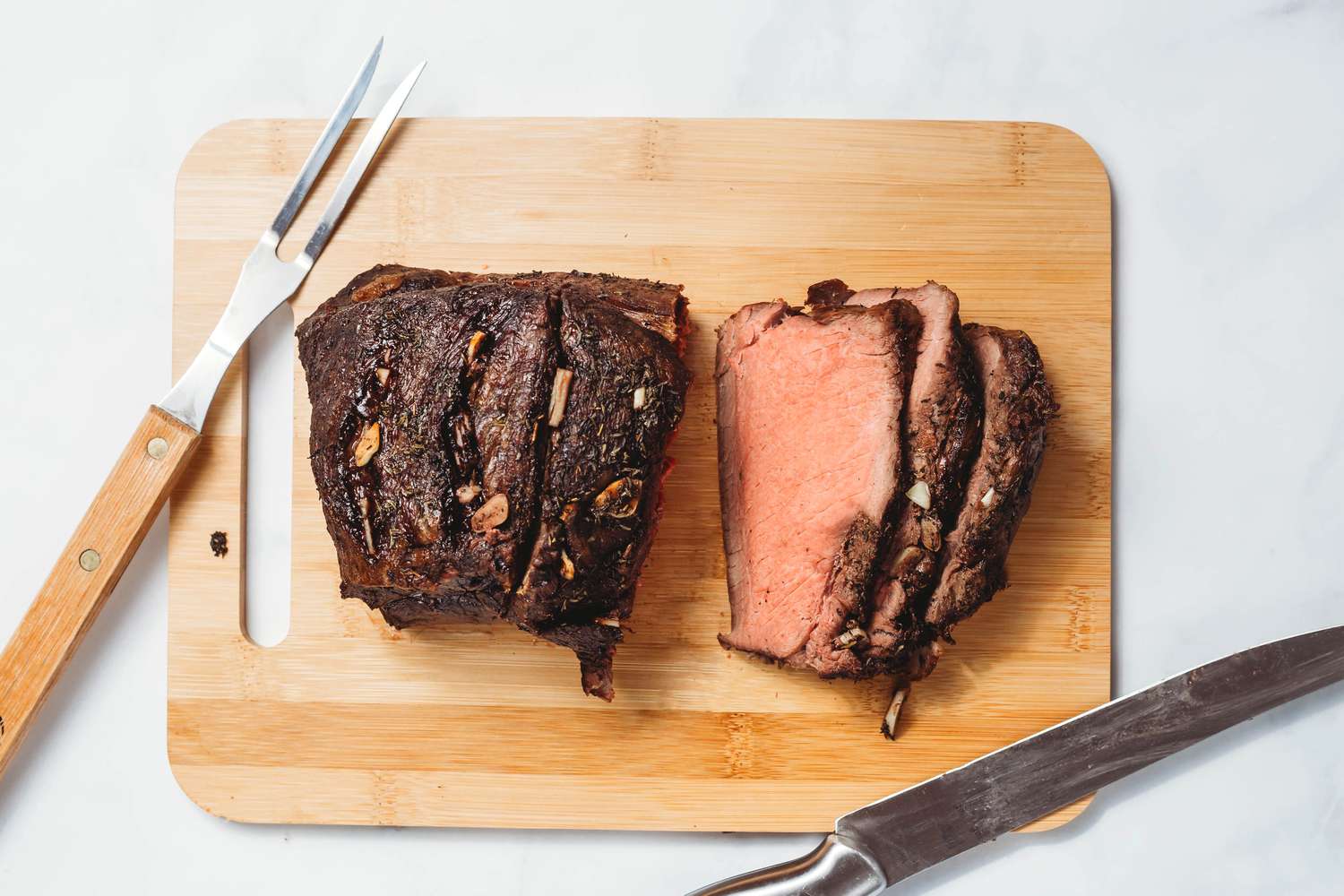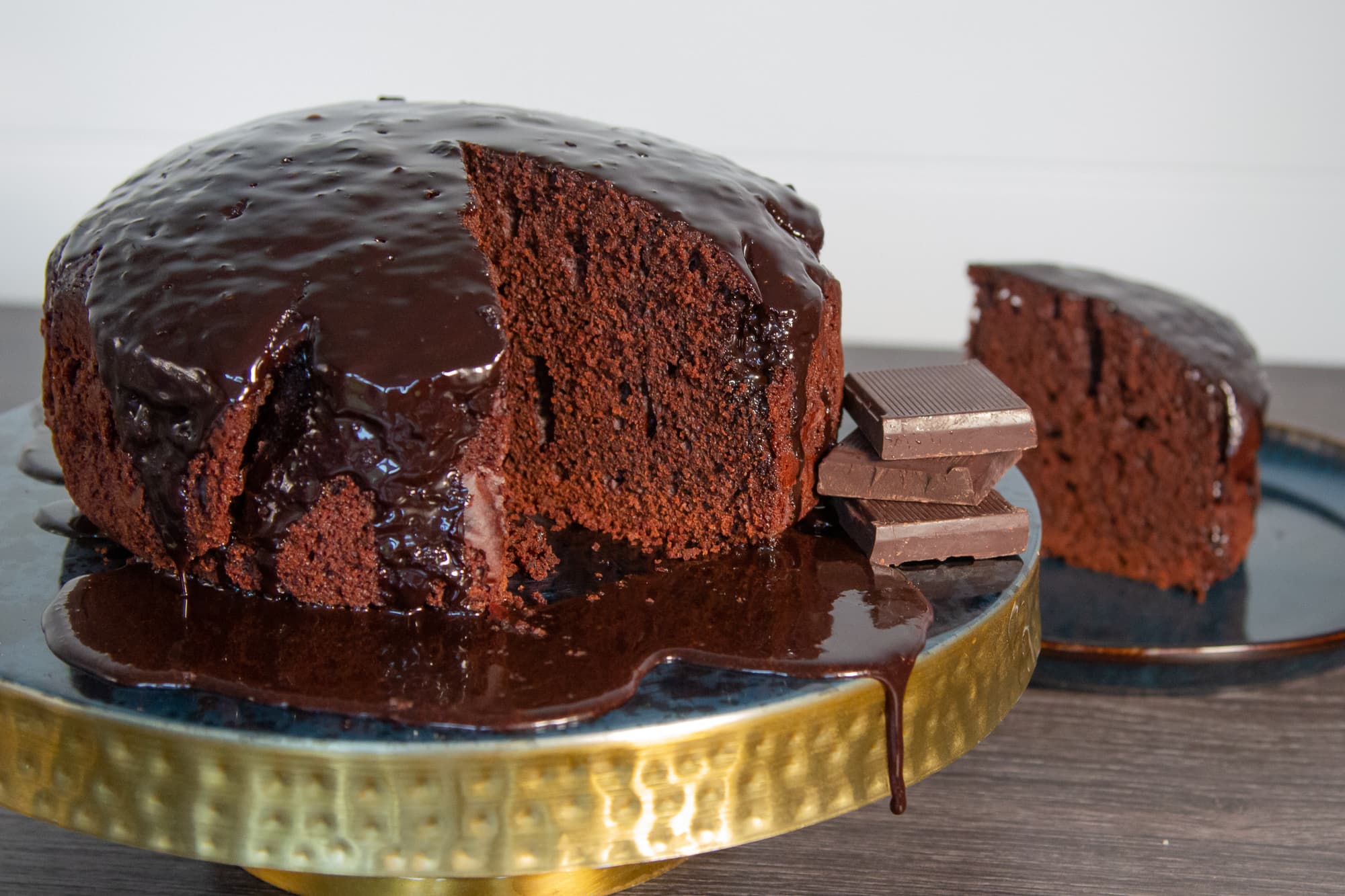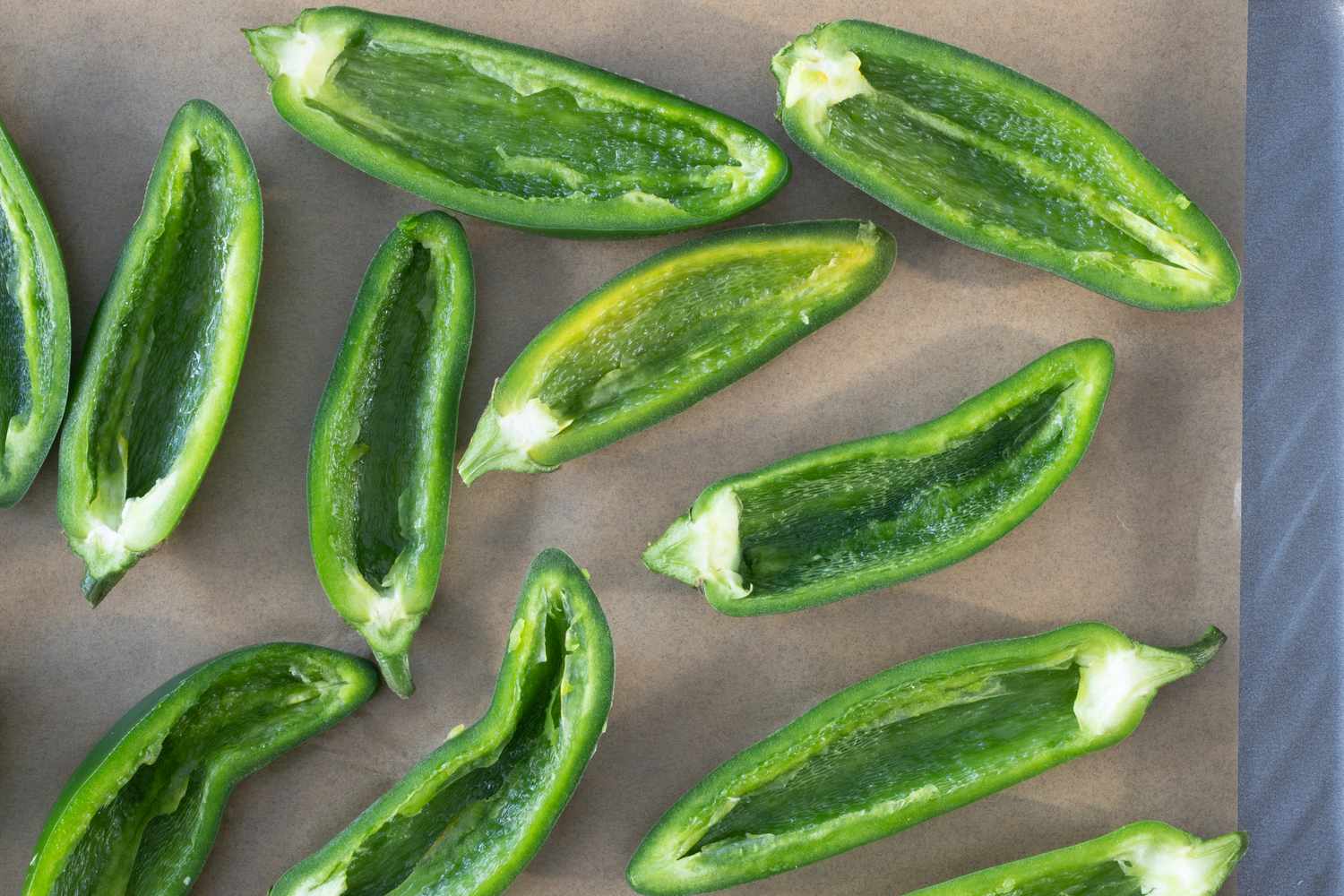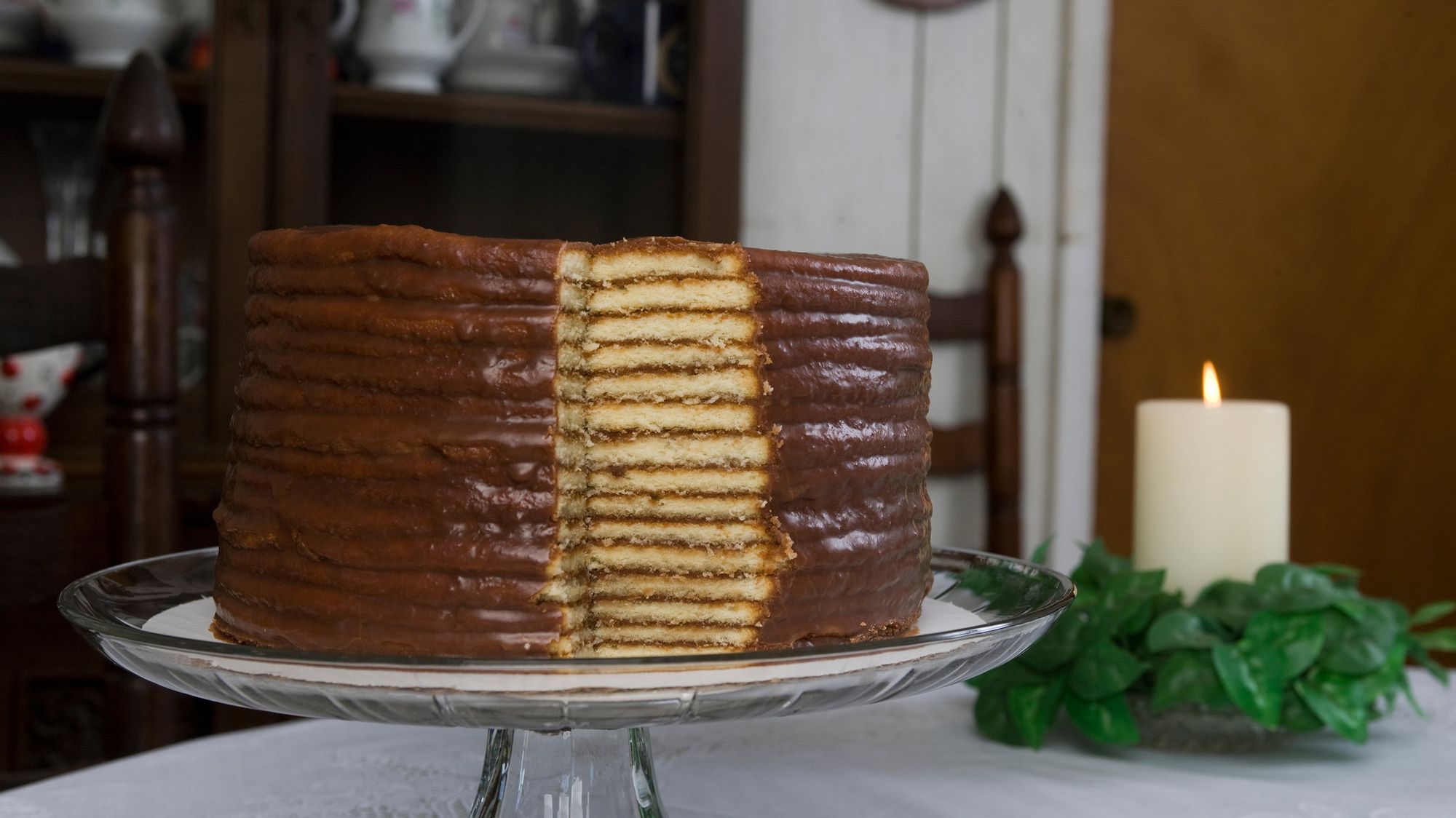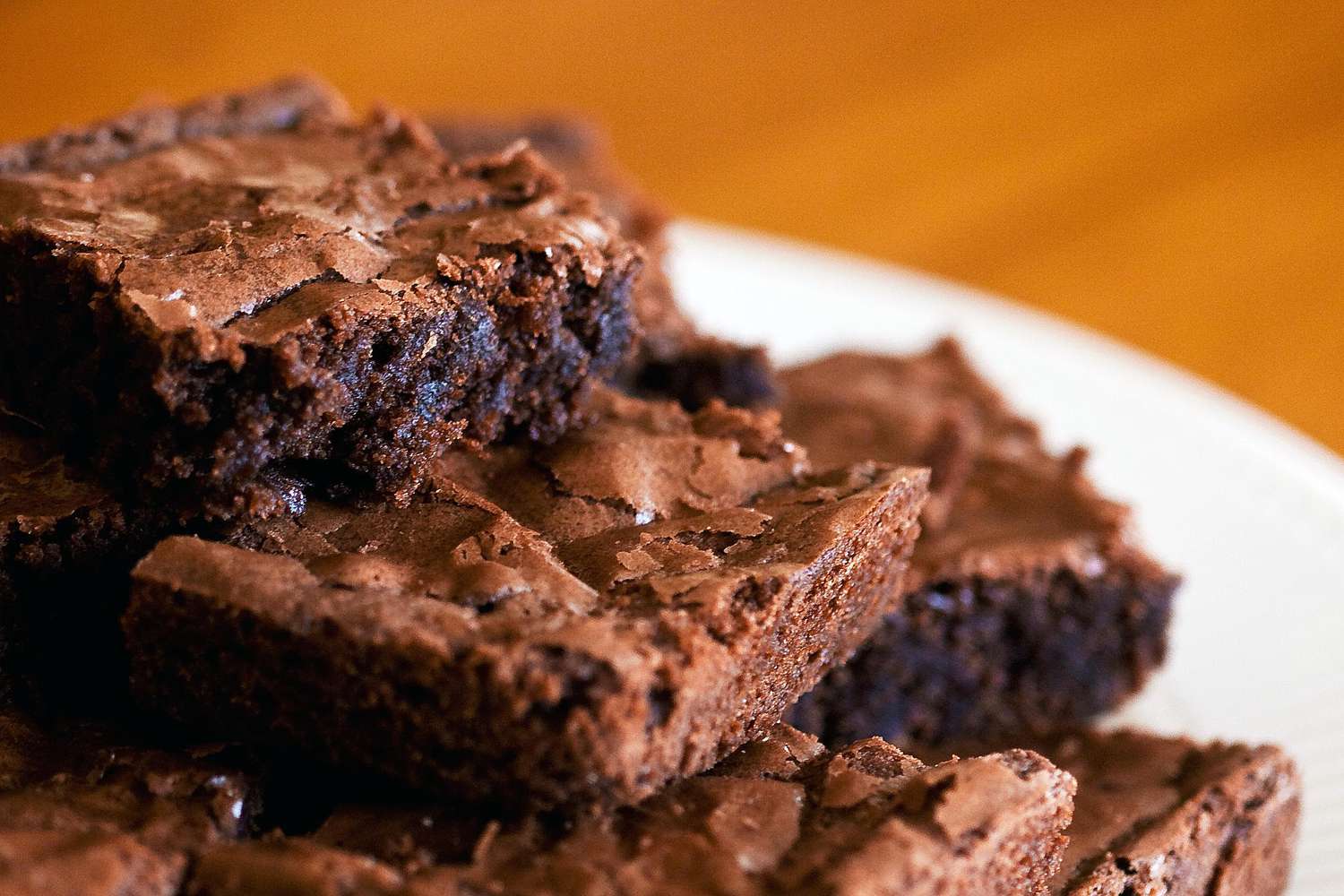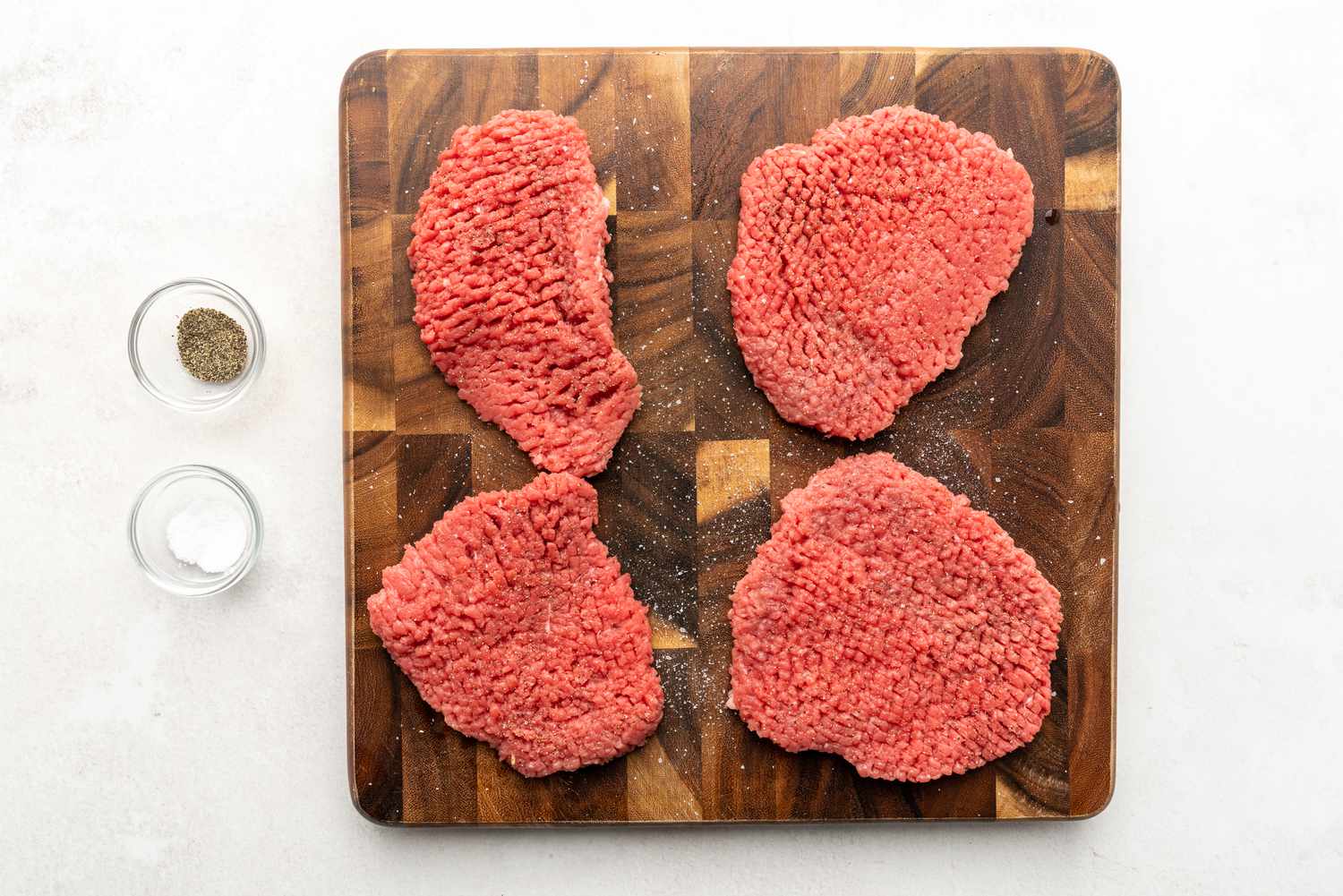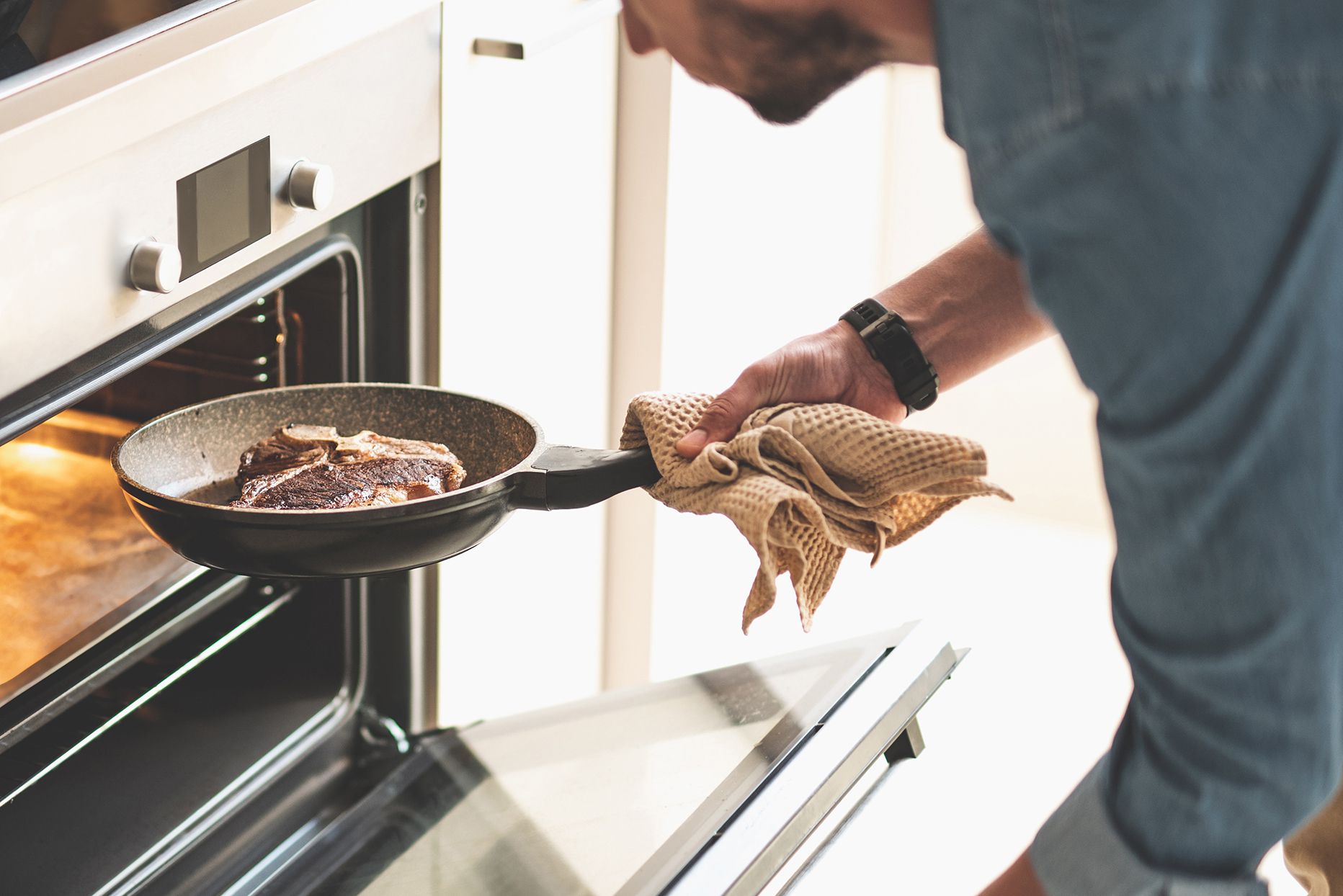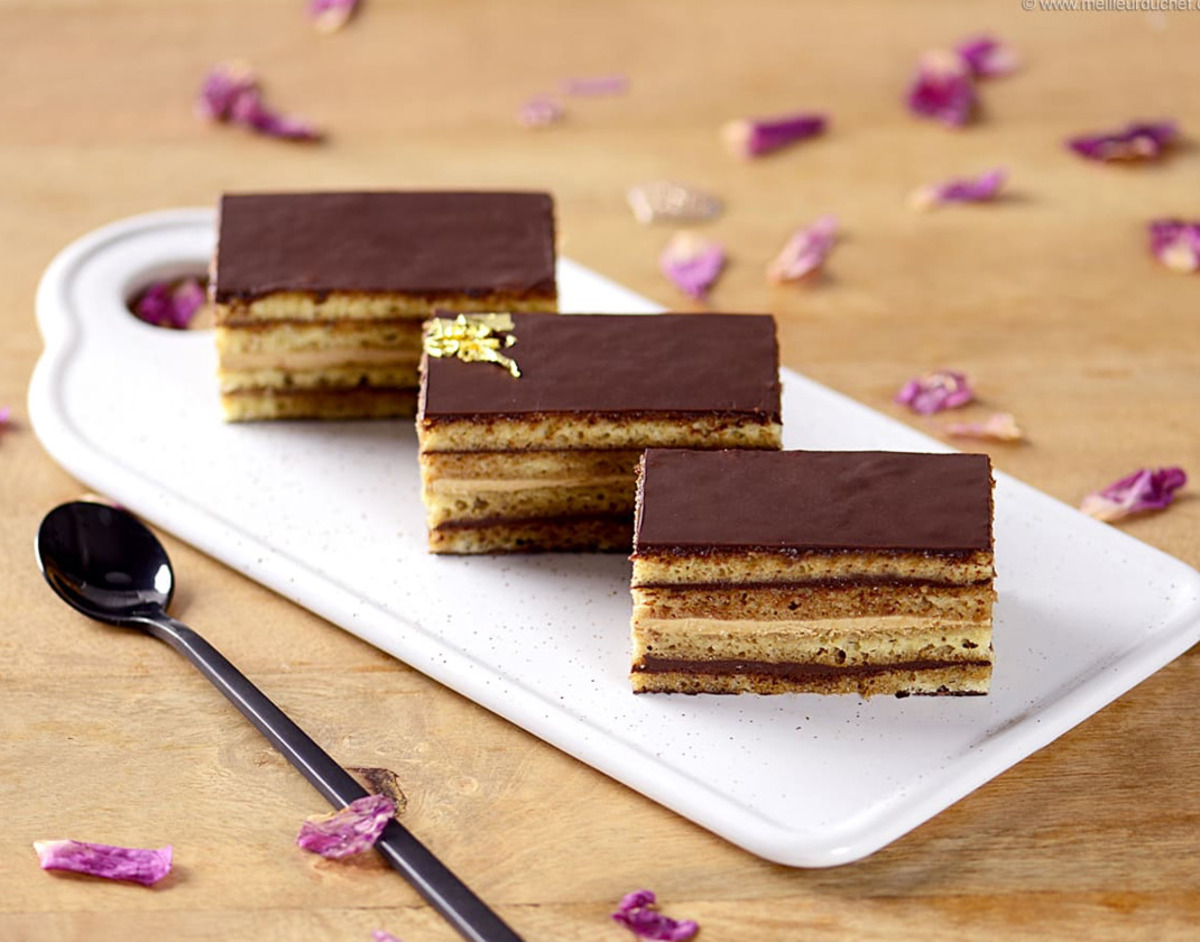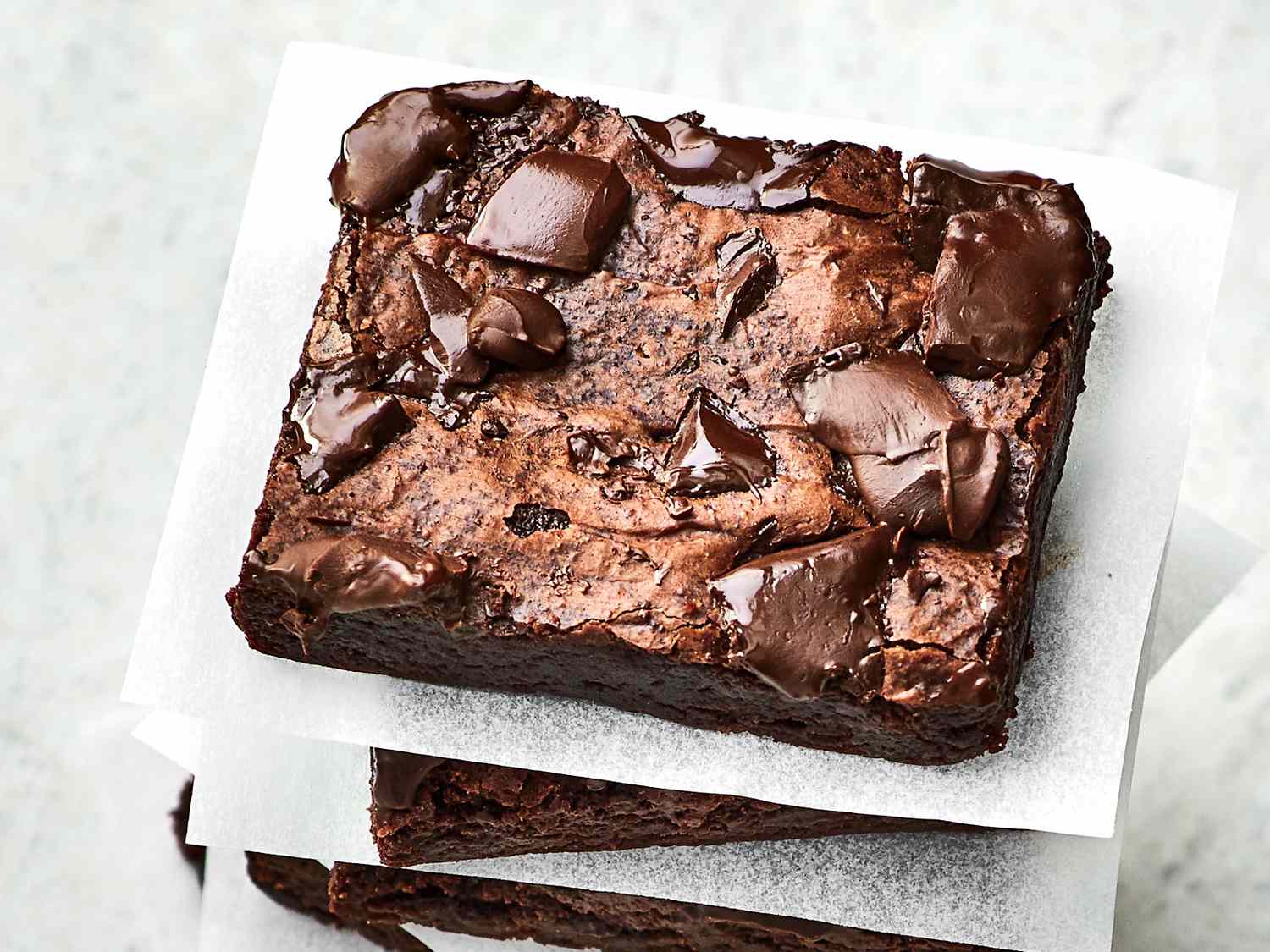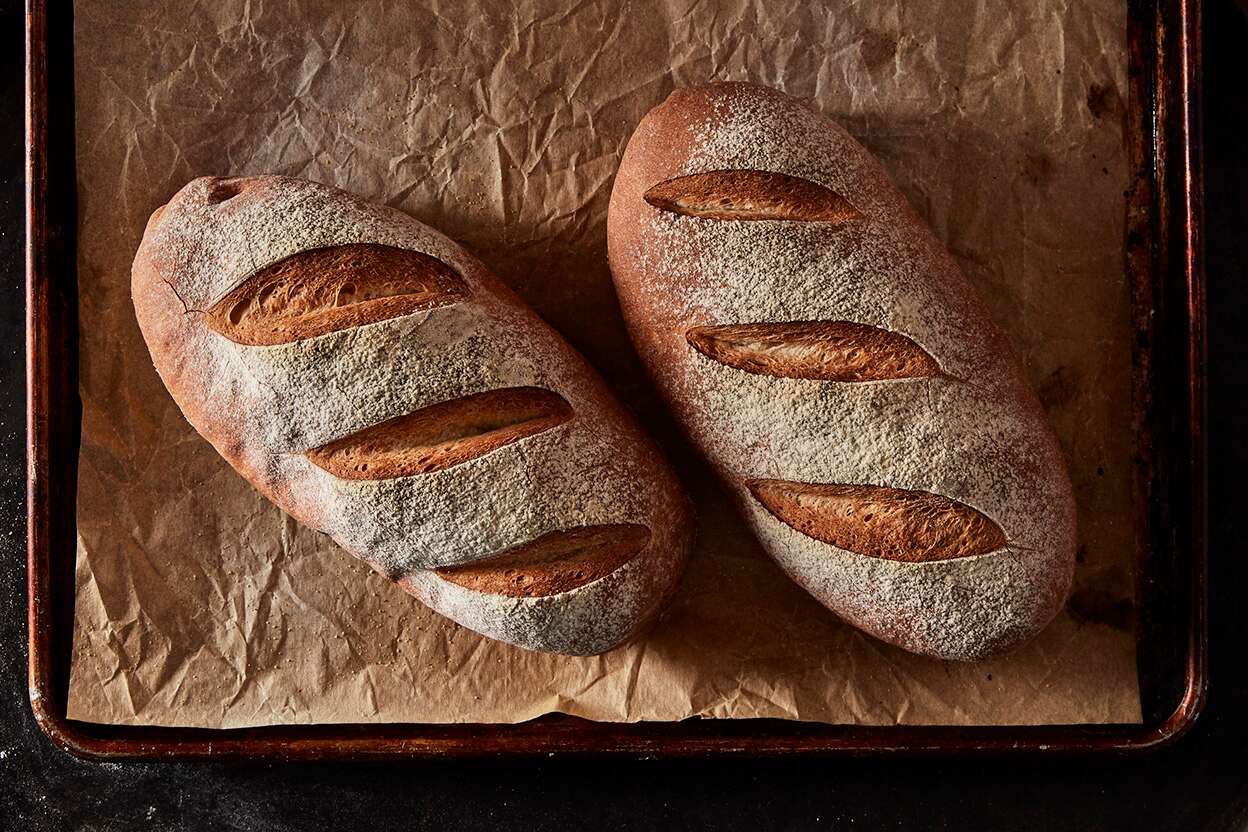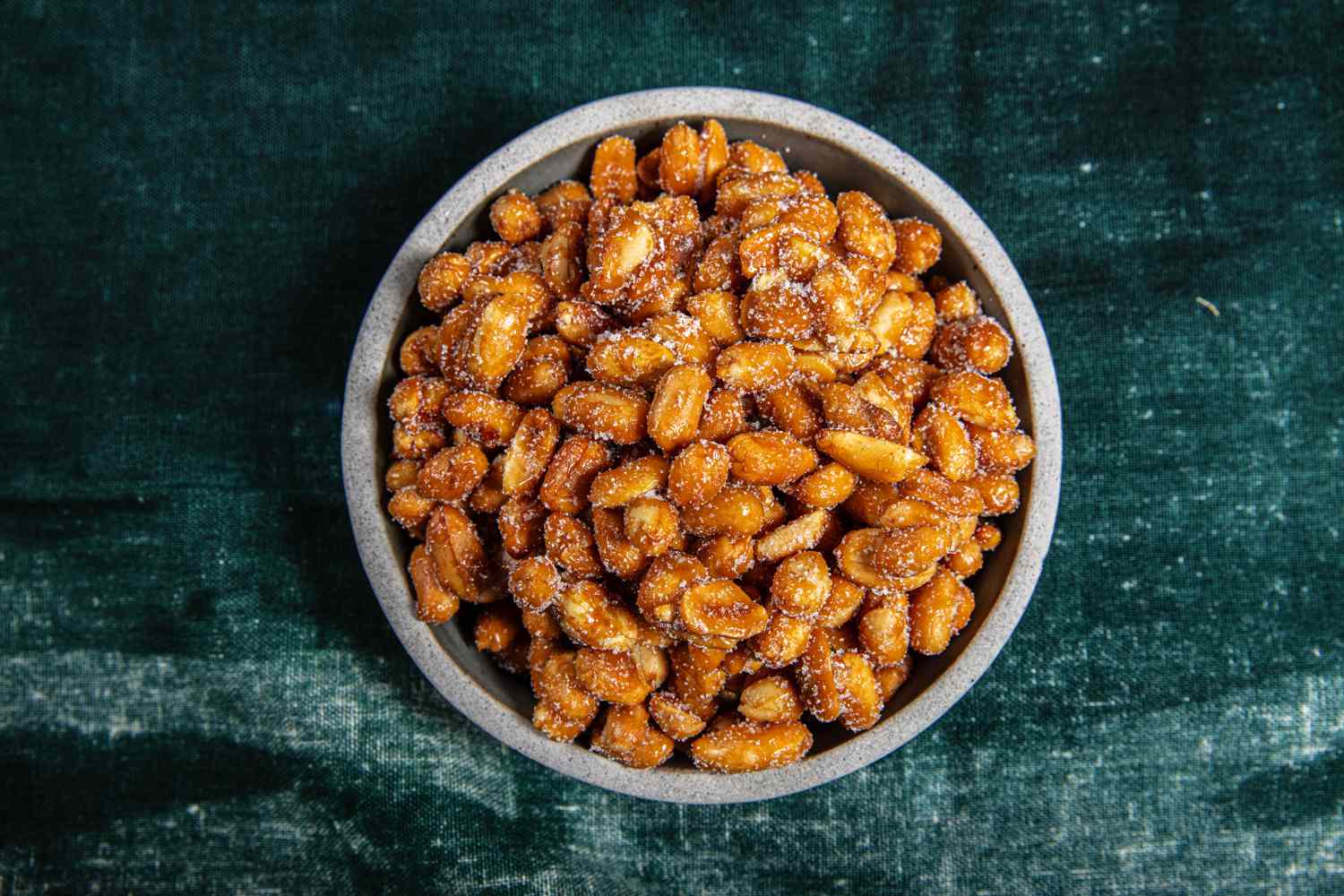Sweet Technique: How to Make Shortbread
If you’re craving a buttery and crumbly treat that melts in your mouth, look no further than shortbread. With its rich flavor and simple ingredients, shortbread is a timeless classic that is perfect for any occasion. In this article, we will explore the sweet technique of making irresistible shortbread from scratch.
Gather Your Ingredients
Before diving into the sweet world of shortbread, it’s important to gather all the necessary ingredients. Here’s what you’ll need:
- All-Purpose Flour: 2 cups
- Unsalted Butter: 1 cup (softened)
- Granulated Sugar: 1/2 cup
- Vanilla Extract: 1 teaspoon
- Salt: 1/4 teaspoon (optional)
Mastering the Technique
Now that you have all the ingredients ready, it’s time to master the sweet technique of making shortbread. Follow these steps:
- Step 1: Cream the Butter and Sugar: In a mixing bowl, beat the softened butter and granulated sugar until light and fluffy. This step is crucial as it creates the tender texture of the shortbread.
- Step 2: Add the Vanilla Extract: Mix in the vanilla extract, ensuring it is evenly distributed throughout the butter and sugar mixture. The vanilla extract adds a delightful aroma and flavor to the shortbread.
- Step 3: Incorporate the Dry Ingredients: Gradually add the all-purpose flour and salt (if desired) to the mixture. Mix until the dough comes together, being careful not to overmix.
- Step 4: Shape the Dough: Transfer the dough onto a lightly floured surface. Gently shape it into a disk or log, depending on your desired shortbread shape.
- Step 5: Chill the Dough: Wrap the shaped dough in plastic wrap and refrigerate it for at least 30 minutes. Chilling the dough allows the butter to solidify, resulting in a crumbly texture once baked.
- Step 6: Bake to Perfection: Preheat your oven to 325°F (160°C). Slice the chilled dough into desired thickness and place the shortbread on a parchment-lined baking sheet. Bake for approximately 12-15 minutes, or until the edges are lightly golden.
- Step 7: Let it Cool: Once baked, allow the shortbread to cool on a wire rack. This step is essential as it allows the shortbread to firm up and develop its signature texture.
Indulge in Irresistible Shortbread
After patiently waiting for the shortbread to cool, it’s finally time to indulge in the sweet rewards of your efforts. Grab a cup of tea or coffee, and savor the buttery and crumbly goodness of homemade shortbread.
Shortbread is not only delightful on its own, but it can also be a versatile canvas for various flavors. Consider adding a touch of citrus zest, a sprinkle of cinnamon, or even chocolate chips to elevate your shortbread game.
Now that you’ve mastered the sweet technique of making shortbread, don’t be afraid to experiment and create your own unique twists on this classic treat. The possibilities are endless, and the satisfaction of enjoying homemade shortbread is truly unbeatable.
So, what are you waiting for? Get your apron on, gather your ingredients, and let the sweet aroma of freshly baked shortbread fill your kitchen.
